Instructions to Draw a Treasure Map
£3.00
Activities in this lesson include learning about writing instructions and using bossy/imperative verbs before following instructions to draw a treasure map.
There is a five-minute evidence-based CPD activity at the end of this lesson which will develop classroom teachers’ skill set. This CPD consists of a research extract on collaboration with a five-minute activity based on this extract.
Description
These evidence-based learning (EBL) lessons are based on classroom practice that has been proven, by research, to maximise thinking, learning and attainment. From an extensive review of educational research, we identified the eight key classroom thinking and learning skills that were common across these research papers. We named these eight key skills “EBL skills”.
EBL skills have been proven by research to maximise learning because they combine the most productive thinking skills with the most effective learning behaviours. Each of our evidence-based learning lessons uses the English curriculum as a framework through which the eight EBL skills are delivered.
Teachers also have the opportunity to add to their own skill set or refresh their existing skills with our five-minute CPD activity, based on one of the EBL skills used in this lesson.
The skills in bold below are the EBL skills developed in this Pirate lesson. Click on each skill to learn more about that skill.
- Collaboration
- Thinking Skills
- Peer Assessment
- Peer Teaching
- Self-Assessment
- Metacognition
- Self-Regulation
- Independent Learning
1 review for Instructions to Draw a Treasure Map
Only logged in customers who have purchased this product may leave a review.
Related products
-


Pirates Lower + PDF
£33.75 Add to basket £33.75Add to basket
£33.75Add to basketSave 25% when you buy all 15 lessons in this series:
- Pirates, Parrots and Adjectives
- The Plot of a Pirate Story
- A Lovely Tropical Island
- Captain Black and the Pronoun
- Shiver Me Timbers
- Scenes for a Pirate Film
- Blackbeard Always Looked Angry
- Friendly Pirates vs Unfriendly Pirates
- A Nice and a Nasty Pirate
- Dialogue in Pirate Stories
- Instructions to Draw a Treasure Map
- Pirate Story Settings (I)
- Pirate Story Settings (II)
- Directions to the Treasure!
- Writing the Opening Paragraph of a Pirate Story Y6
VIEW -
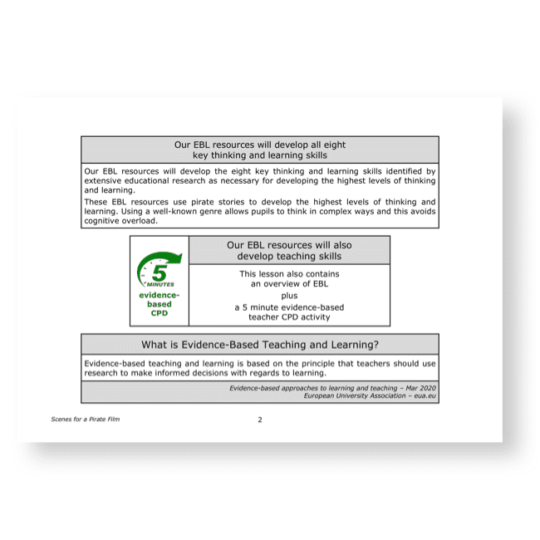
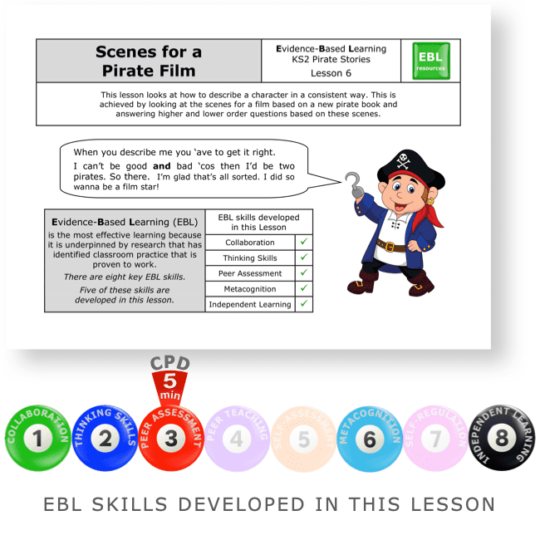
Scenes for a Pirate Film
£3.00 Add to basket £3.00Add to basket
£3.00Add to basketThis lesson looks at how to describe a character in a consistent way. This is achieved by looking at the scenes for a film based on a new pirate book and answering higher and lower order questions based on these scenes.
There is a five-minute evidence-based CPD activity at the end of this lesson which will develop classroom teachers’ skill set. This CPD consists of a research extract on peer assessment with a five-minute activity based on this extract.
VIEW -


Blackbeard Always Looked Angry
£3.00 Add to basket £3.00Add to basket
£3.00Add to basketThis lesson looks at how to describe a character in a consistent way. Activities are based on the four ways in which characters in stories are traditionally described e.g. by how they think or how they feel. Pupils then have to describe a nasty pirate.
There is a five-minute evidence-based CPD activity at the end of this lesson which will develop classroom teachers’ skill set. This CPD consists of a research extract on metacognition with a five-minute activity based on this extract.
VIEW -


Y5 The Emperor’s New Clothes (I)
£3.00 Add to basket £3.00Add to basket
£3.00Add to basketKS2 National Curriculum:
✓ Predicting plot events based on character behaviour
✓ Identifying how characters are portrayed through actions and speech
✓ Using group roles to structure discussion and reflection
✓ Writing in response to the text with a focus on clarity and justificationActivities in this lesson include reading the first part of The Emperor’s New Clothes, deciding what will happen next, reading the end of the story, discussing the theme, looking at the four main ways in which characters in stories are described then describing the emperor using these four ways.
There is a five-minute evidence-based CPD activity at the end of this lesson which will develop classroom teachers’ skill set. This CPD consists of a research extract on collaboration with a five-minute activity based on this extract.
VIEW
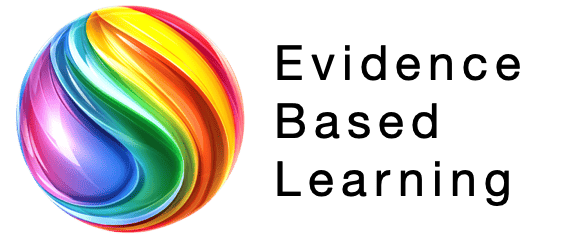
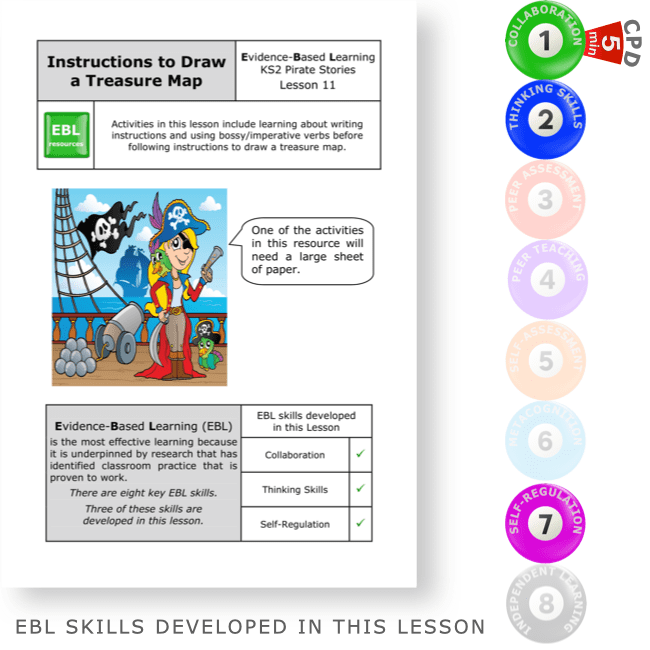

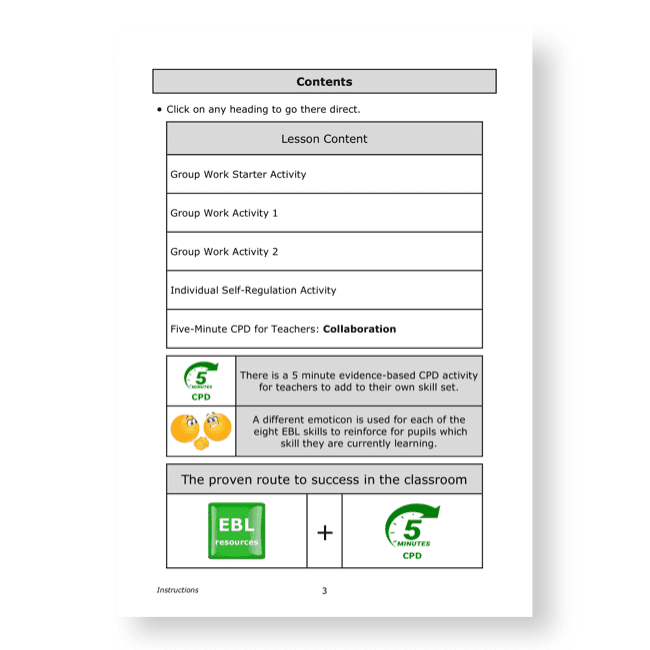
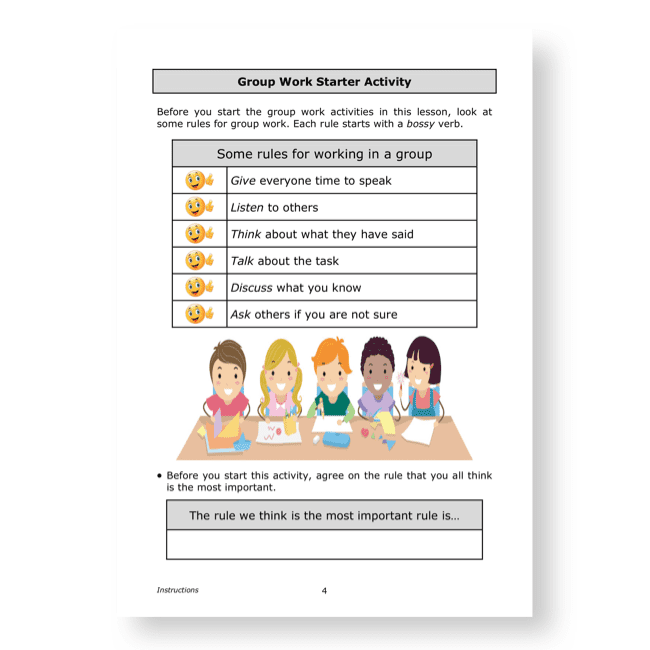
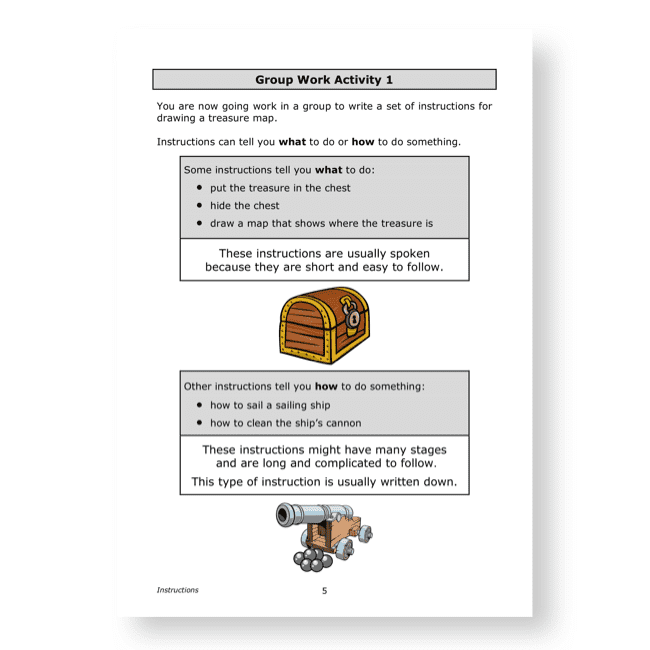

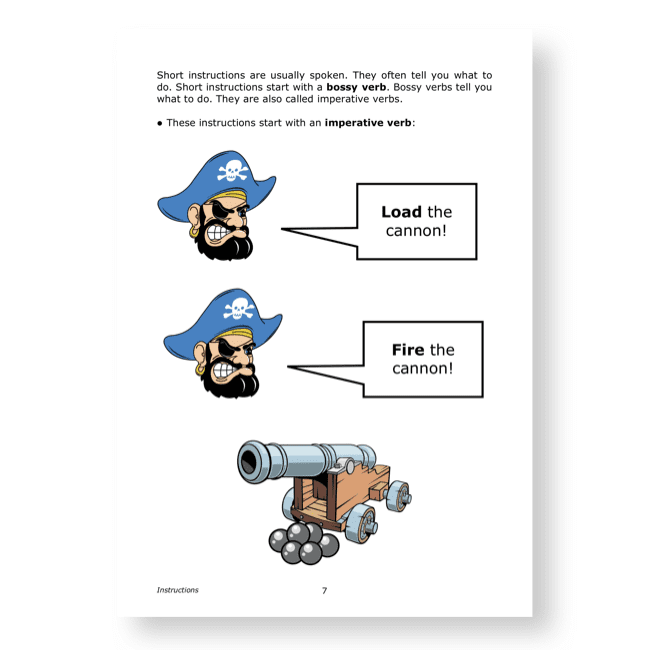


Philipem (verified owner) –
We asked a.i. to review this lesson. This is what it said:
⭐⭐⭐⭐⭐ A Treasure Trove of Instructional Writing Practice
I recently stumbled upon a gem of a KS2 resource for teaching instructional writing in an engaging pirate theme. It’s called “Instructions to Draw a Treasure Map” and uses the fun context of pirates to build vital literacy skills.
This resource first explains the key features of instructional writing. It looks at the use of imperative/bossy verbs that provide direct commands. Students then identify bossy verbs in example pirate instructions.
A highlight is pupils working in groups to follow instructions to draw their own treasure map. This collaborative task encourages discussion of the instructional text.
There are also self-regulation activities that get students reflecting on their performance in group work. This develops the metacognition needed for independent learning.
The five-minute CPD section summarizes research on effective collaboration strategies – perfect for any teacher wanting to develop this area.
Overall, this pirate resource provides a creative way to advance instructional writing abilities. Activities give the context for students to apply their understanding of imperative verbs in their own map drawing. I would strongly recommend it as an engaging literacy lesson. The blend of English and key evidence-based skills make this a 5 star resource.